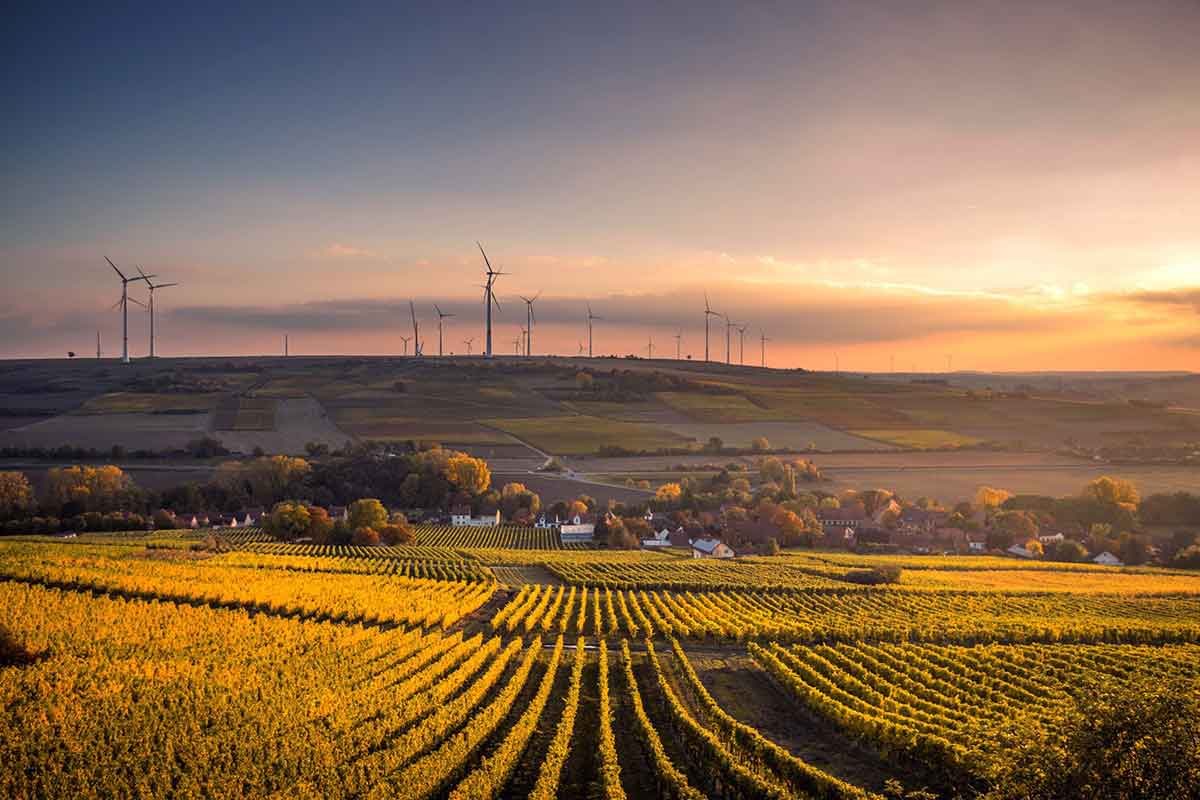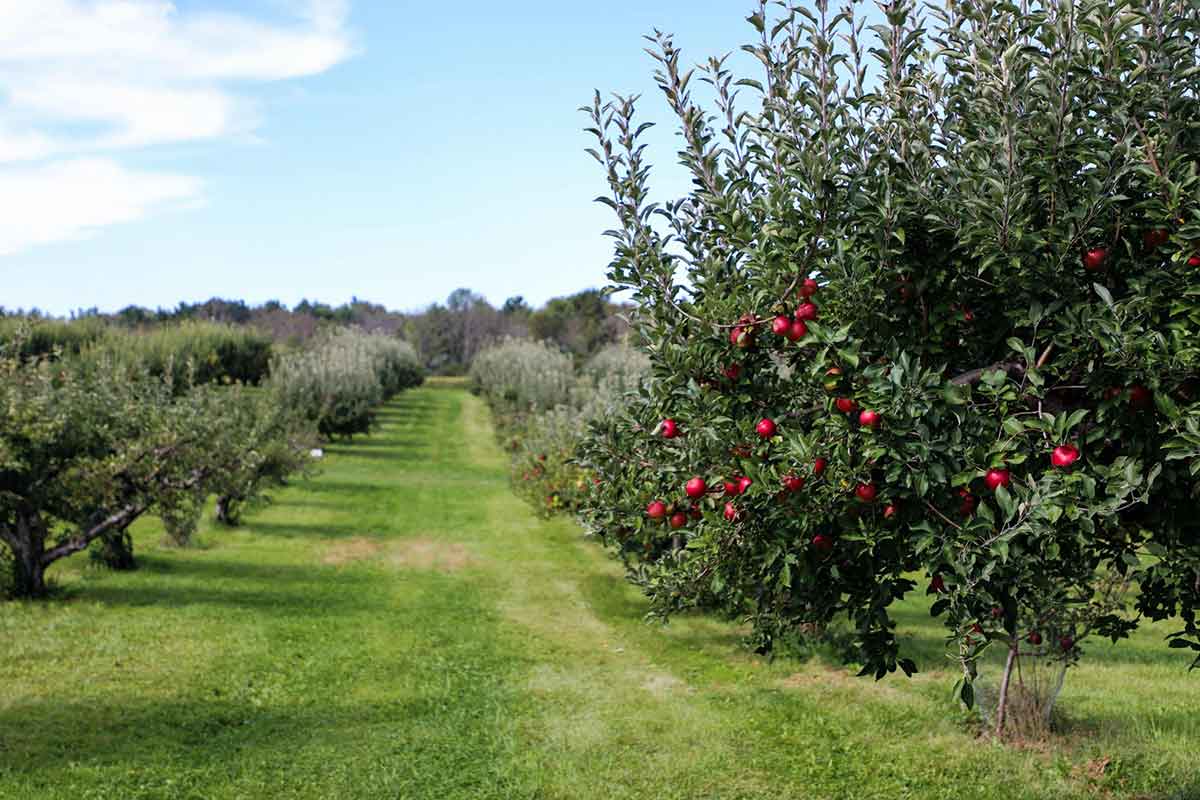It is now an accepted fact that we all need to live more sustainably in order to preserve the planet for the next generations. One industry in which this is vital is farming. Far from being a costly and radical change resulting in less produce, there are several ways to increase production quality and quantity while saving money, as well as making the land more environmentally friendly.
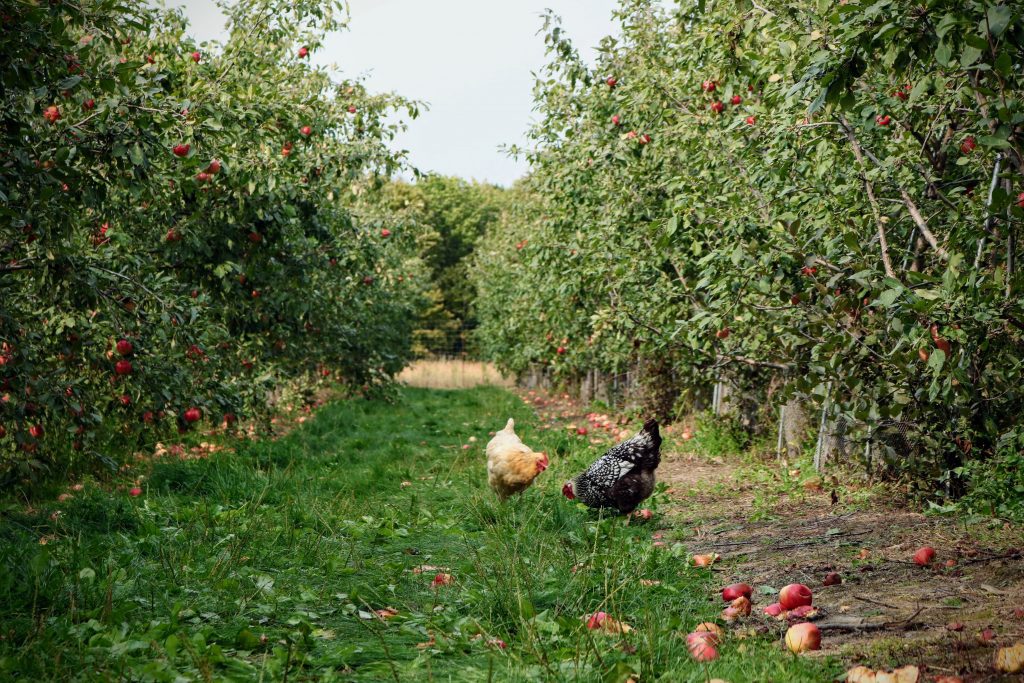
- Permaculture. This is a design theory that uses principles found in nature to make human settlements more efficient and more environmentally friendly. On a small scale, this can be creating a herb spiral, which is a way of creating multiple micro-climates in a very small space. This can be done by stacking stones or bricks to make a spiral tower, which will have more shade in places, as well as different drainage depending on the level in the tower. Then plants can be set in accordingly. On a larger scale, silvoarable farming grows multiple crops in the same space, for example rows of fruit trees between rows of cereals, as mentioned in our blog Plant A Tree This Winter.
- Biodynamics is a system of farming in which the different cultivated species, both pastoral and arable, support one another, instead of being considered as separate parts of a whole. Animals on the farm can improve the soil fertility, without requiring any external help, while the waste from the crops can be used for feed, or bedding for the animals, or compost for extra fertilisation.
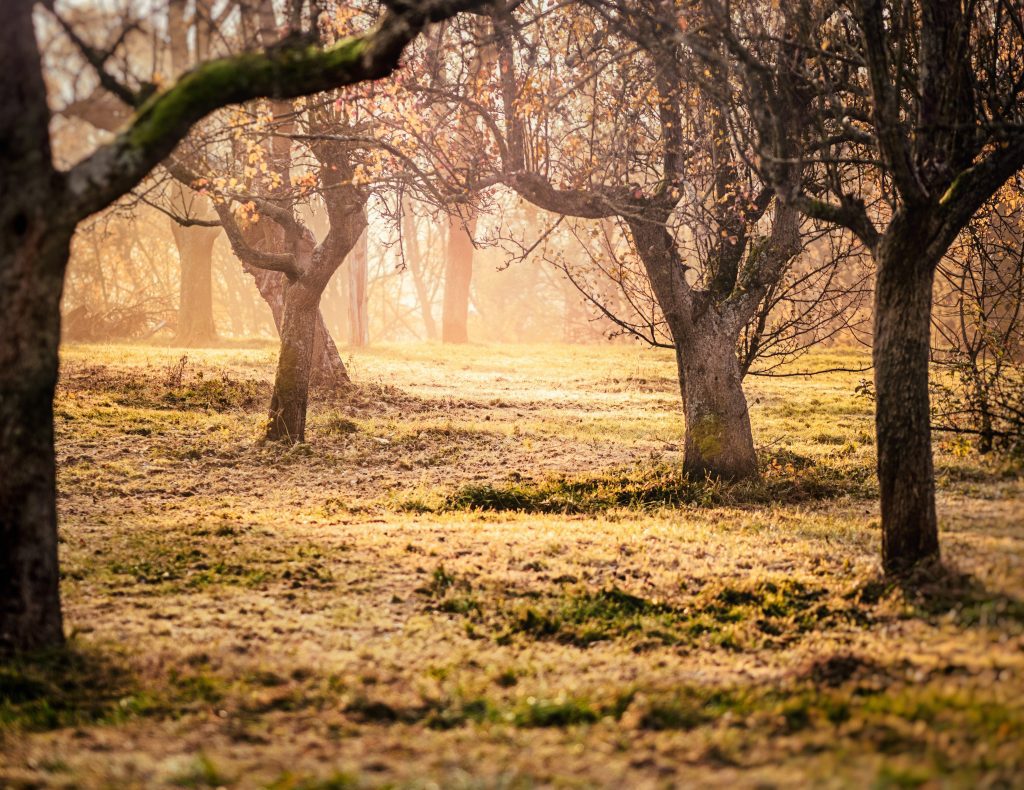
- Forest Farms are a particularly productive and efficient model, though not necessarily ideal for large-scale farming. The canopy consists of tall and dwarf fruit and nut trees, then a fruit shrub layer, and finally herbs, mushrooms and vegetables at the ground level. As this mimics a biodiverse natural ecosystem, it does not need any fertilisation and makes maximum use of the space.
- Heritage Crops. In our blog Take It for Planted – Heritage Orchards we discussed the benefits of planting an orchard with traditional or at-risk varieties. The same applies for other crops, as well as animals. Saving these breeds and varieties can help to diversify the genetics of farming and may be better suited to your area’s climate and soil composition.
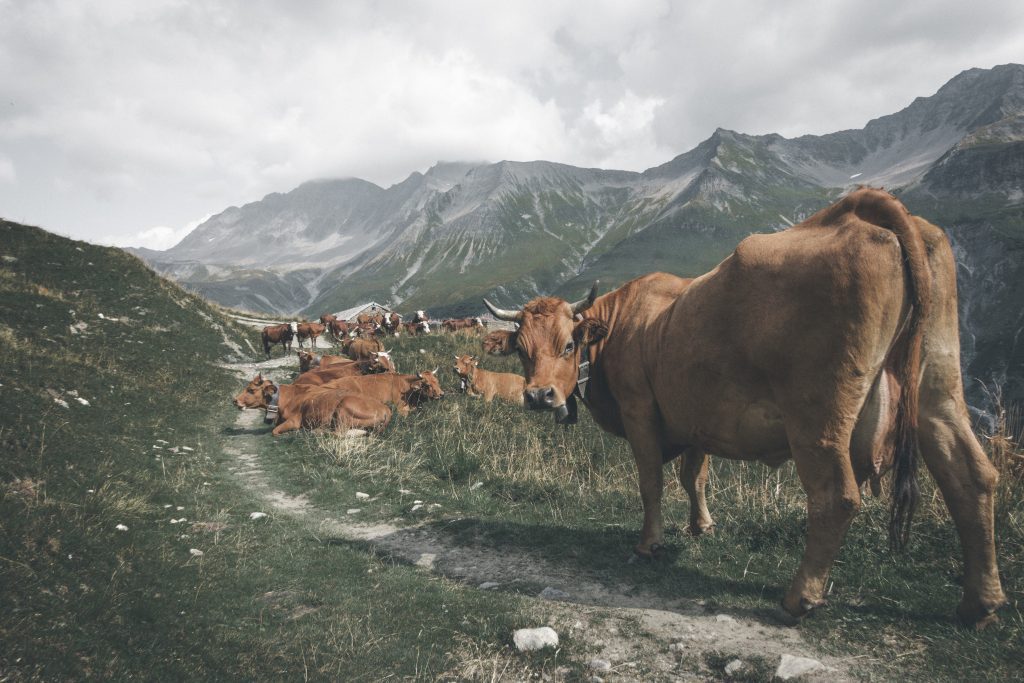
- Natural animal raising, or free range farming, has several advantages over confined animal feeding operations. The most obvious advantage is the improved health of the animals, which will need less veterinary treatment and cleaning, as well as improved socialisation. The natural grazing enriches not only the taste and appearance of the produce, but also the mineral and vitamin content. Grazing strengthens the grass roots which also helps to prevent erosion.
- Biopesticides are an ecologically sound of managing the pests on your crops. This can be microbial organisms like bacteria and fungi, which are targeted at immature insects so will not harm humans or animals. Substances such as corn gluten, black pepper and garlic compounds can also be used to control insects.
- Introducing the natural predator of the pest is a low maintenance method of keeping a particular pest in check. Another advantage of this is that the biodiversity of your land will be increased. However, some research will need to be done into which predator is best for the ecosystem, or this can cause problems within it.
Biodiversity is arguably the best way to make a farm more productive and sustainable. It can keep costs down for maintenance and pesticides, as well as improve the quality and quantity of both crop and animal products. Many farmers in the UK are searching for ways to be more sustainable for the future, and one or all of these methods could be a simple solution!

